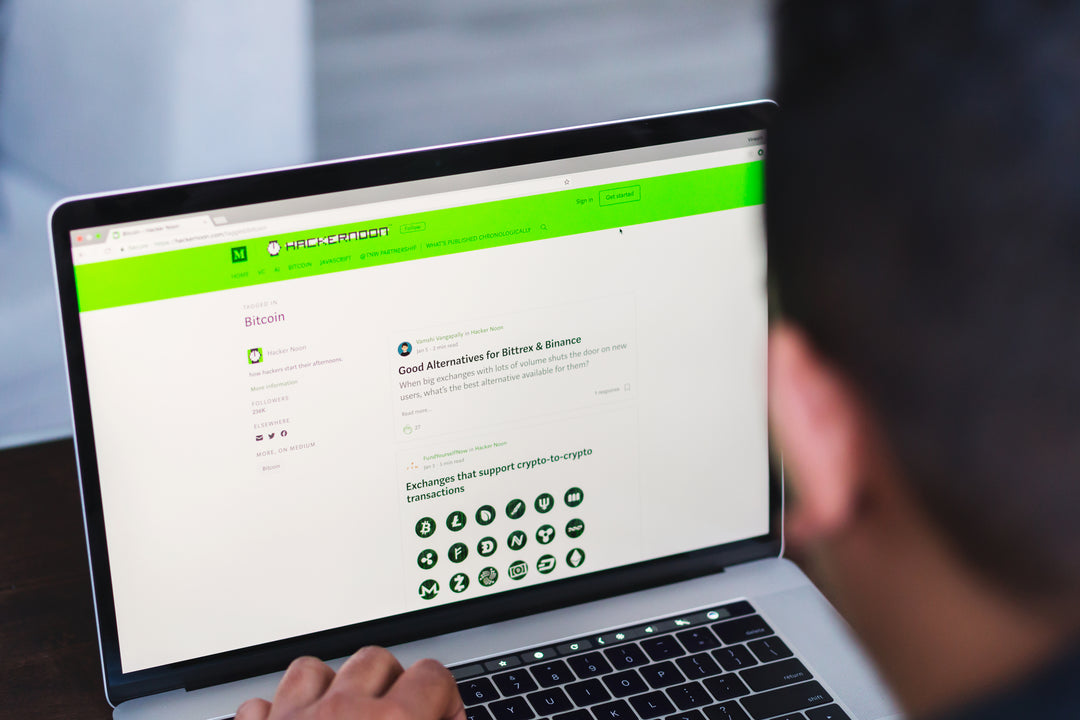Workbook on IAS 38 Intangibles
IAS 38 - Intangible Assets: Compact Workbook
1. What are Intangible Assets?
Definition
An intangible asset is an identifiable non-monetary asset without physical substance.
Three Essential Characteristics
- Identifiable - Can be separated from the business OR arises from legal/contractual rights
- Control - Entity has power to obtain future benefits
- Future Economic Benefits - Expected to generate cash flows or cost savings
Examples
Recognized as Intangible Assets:
- Patents and copyrights
- Trademarks (when purchased)
- Computer software
- Licenses and franchises
- Customer lists (when acquired)
NOT Recognized:
- Internally generated goodwill
- Internally developed brands
- Start-up costs
- Training costs
- Advertising expenses
2. Recognition Criteria
The Two-Part Test
Recognize as intangible asset ONLY if BOTH conditions met:
- Probable future economic benefits will flow to the entity
- Cost can be measured reliably
Example: Mobile App Development
Question: Should $500,000 development costs be capitalized?
Analysis:
- Future benefits probable? Yes - market research shows revenue potential
- Cost measurable? Yes - detailed cost tracking system Result: Capitalize if development criteria also met
3. Initial Measurement
Basic Rule: Measure at Cost
Cost Includes:
- Purchase price (less discounts)
- Import duties and taxes
- Legal and professional fees
- Direct preparation costs
Cost Excludes:
- Training costs
- Administrative overheads
- Marketing expenses
- Initial operating losses
Example: Patent Purchase
- Purchase price: $800,000
- Legal fees: $50,000
- Import duties: $25,000
- Training staff: $30,000 (excluded) Total Cost: $875,000
4. Research vs Development
Critical Distinction
Research Phase
- Definition: Original investigation for new knowledge
- Treatment: Expense ALL costs immediately
- Examples: Laboratory experiments, feasibility studies, exploring alternatives
Development Phase
- Definition: Applying research findings to create products/processes
- Treatment: Capitalize ONLY if all 6 criteria met
- Examples: Prototype testing, pilot plants, pre-production models
The Six Development Criteria (ALL must be met)
- Technical feasibility of completion
- Intention to complete and use/sell
- Ability to use or sell the asset
- Future economic benefits demonstrated
- Adequate resources to complete development
- Ability to measure expenditure reliably
Example: Pharmaceutical Development
Research Phase (Years 1-2): $5 million for basic research → Expense immediately
Development Phase (Years 3-4): $15 million for clinical trials
- Technical feasibility? ✓ Successful Phase I trials
- Intention to complete? ✓ Board approval obtained
- Ability to sell? ✓ FDA pathway clear
- Future benefits? ✓ Market analysis shows potential
- Adequate resources? ✓ Funding secured
- Measurable expenditure? ✓ Cost tracking system Result: Capitalize $15 million
5. Subsequent Measurement
Two Models (Choose one per class)
Cost Model (Most Common) Carrying Amount = Cost - Accumulated Amortization - Impairment Losses
Revaluation Model (Rarely Used)
- Only if active market exists
- Regular revaluations required
- Increases go to revaluation surplus
- Decreases go to profit/loss (unless reversing previous surplus)
Example: Cost Model
Software asset:
- Year 0: Cost $600,000
- Year 1: Cost $600,000 - Amortization $60,000 = Carrying Amount $540,000
- Year 2: Cost $600,000 - Amortization $120,000 = Carrying Amount $480,000
6. Amortization
Two Types of Useful Life
Finite Life
- Must amortize over useful life
- Start when asset available for use
- Default method: Straight-line
Indefinite Life
- No foreseeable limit to benefits
- Do NOT amortize
- Test for impairment annually
Amortization Formula
Annual Amortization = (Cost - Residual Value) ÷ Useful Life
Residual Value = Zero (unless third-party purchase commitment or active market exists)
Examples
Example 1: Straight-Line
- Patent cost: $1,000,000
- Useful life: 20 years
- Residual value: $0
- Annual amortization: $50,000
Example 2: Units of Production
- Mining rights cost: $2,000,000
- Expected extraction: 500,000 tons
- Rate per ton: $4
- Year 1 extraction: 80,000 tons
- Year 1 amortization: $320,000
7. Impairment
When to Test
- Annually: Assets with indefinite lives
- When indicators present: All other assets
Impairment Test
Step 1: Calculate recoverable amount = Higher of:
- Fair value less costs of disposal
- Value in use (present value of future cash flows)
Step 2: Compare to carrying amount Step 3: If carrying amount > recoverable amount → Recognize impairment loss
Example
Software asset:
- Carrying amount: $800,000
- Fair value less costs of disposal: $600,000
- Value in use: $550,000
- Recoverable amount: $600,000 (higher amount)
- Impairment loss: $200,000
Journal Entry: Dr. Impairment Loss $200,000 Cr. Accumulated Impairment $200,000
8. Key Examples
Example 1: Website Development Costs
Total cost: $1,200,000
Cost Breakdown:
- Planning phase: $200,000 → Expense
- Application development: $600,000 → Capitalize
- Graphic design: $150,000 → Capitalize
- Advertising content: $250,000 → Expense
Journal Entry: Dr. Website Expense $450,000 Dr. Intangible Asset $750,000 Cr. Cash $1,200,000
Example 2: Internal Brand vs Acquired Brand
Scenario A: Company spends $2 million developing its own brand Treatment: Expense immediately (internal brands prohibited)
Scenario B: Company buys competitor's brand for $2 million
Treatment: Recognize as intangible asset
Example 3: Software Classification
- Operating system software: Include in hardware cost (PPE)
- Purchased application software: Separate intangible asset
- Internally developed software: Capitalize only after development criteria met
9. Common Mistakes
Mistake 1: Capitalizing Internal Brands
Wrong: Dr. Intangible Asset $500,000 (brand development) Correct: Dr. Marketing Expense $500,000
Mistake 2: Starting Development Capitalization Too Early
Wrong: Capitalizing costs before all 6 criteria met Correct: Expense until ALL development criteria satisfied
Mistake 3: Forgetting Indefinite Life Impairment Testing
Wrong: No annual impairment test Correct: Test indefinite life assets annually
Mistake 4: Inappropriate Useful Lives
Wrong: 50-year useful life for software Correct: Consider technological obsolescence (typically 3-5 years)
10. Quick Reference Guide {#reference}
Recognition Decision Tree
-
Is it identifiable + controlled + future benefits?
- No → Expense
- Yes → Go to 2
-
Probable benefits + reliable measurement?
- No → Expense
- Yes → Go to 3
-
How acquired?
- Purchased → Capitalize at cost
- Internal → Go to 4
-
Research or Development?
- Research → Expense
- Development → Capitalize only if all 6 criteria met
- Prohibited items (brands, advertising) → Expense
Key Prohibited Internal Items
- Goodwill
- Brands, mastheads, publishing titles
- Customer lists (when developed internally)
- Start-up costs
- Training costs
- Advertising costs
Amortization Quick Guide
- Finite life: Amortize over useful life
- Indefinite life: No amortization, annual impairment test
- Start: When available for use
- Method: Straight-line (default)
- Residual value: Usually zero
Annual Requirements
- Review useful lives and amortization methods
- Test indefinite life assets for impairment
- Assess for impairment indicators on all assets
- Disclose required information by class
Key Journal Entries
Capitalize Development: Dr. Intangible Asset XXX Cr. Cash XXX
Annual Amortization: Dr. Amortization Expense XXX Cr. Accumulated Amortization XXX
Impairment Loss: Dr. Impairment Loss XXX Cr. Accumulated Impairment XXX
Summary
IAS 38 requires careful judgment in distinguishing between expenses and capitalizable intangible assets. The key is understanding the recognition criteria, the research vs development distinction, and proper measurement and amortization methods. When in doubt, the conservative approach is to expense costs rather than capitalize them inappropriately.




